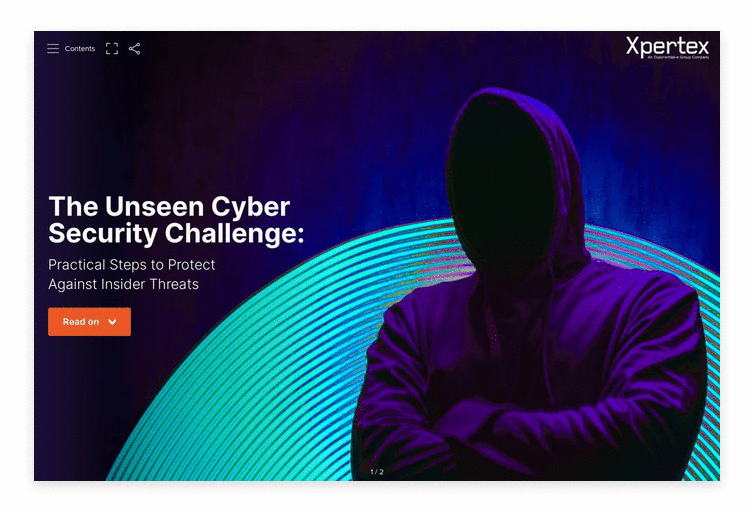In an increasingly complex global threat landscape, cyber security is a critical priority for organisations across all sectors, who are taking proactive measures to secure their infrastructure against the most sophisticated, aggressive attacks. But while it is vital to secure against these external threats, a robust cyber security policy must also consider the risk of insider threats – an attack vector that is all-too-often neglected until a breach has taken place.
‘Insider threats’ refers to actions taken by employees, contractors, or business partners who have legitimate access to an organisation’s IT systems, but utilise it in a way that puts critical data at risk. This can mean either unintentional mistakes that lead to security vulnerabilities, or malicious actions undertaken by disgruntled employees or criminal collaborators. Protecting against these hidden threats can be challenging, but there are several steps organisations can take to minimise the risk.
Consider the following as the key measures (although by no means the only ones) that should be in place to secure against insider threats:
Implement access controls: Implementing strong access controls – such as role-based access and multi-factor authentication – can help to prevent unauthorised access to sensitive systems and information. Access controls should be reviewed and updated regularly to ensure their continued effectiveness.
Conduct background checks: Organisations should conduct background checks on all employees and contractors to verify their identities and flag any potential security risks. This can help to minimise the risk of insider threats by ensuring individuals who may be harbouring malicious intent are identified before they are hired.
Implement monitoring and detection: Implementing monitoring and detection systems, such as intrusion detection systems and data loss prevention technologies, can help organisations to detect and respond to suspicious activity. These systems should be configured to detect unusual access patterns, data transfers, and other potential indicators of an insider threat.
Develop and enforce policies: Organisations should develop and enforce clear policies and procedures that outline acceptable use of company systems and data. This includes guidelines for working from home, accessing sensitive information, and reporting security incidents. Employees should receive regular training on these policies to ensure they understand their responsibilities.
Foster a true security culture: Human error remains one of the greatest threats to cyber security, so organisations should foster a culture of security by promoting security awareness and education among employees and encouraging them to report any suspicious activity. Employees should be encouraged to be vigilant and proactive in identifying and reporting potential security risks.
Regularly review and update: Regularly reviewing and updating security policies, procedures, and technologies can help organisations stay ahead of evolving threats. This includes regularly assessing the effectiveness of existing security measures – such as access controls and monitoring systems – and making improvements where necessary.
Securing against insider threats requires a multi-faceted approach to cyber security, where employees at all levels have a part to play. If you are in any doubt about how to successfully execute any of the foundational measures we have considered in this article, do not hesitate to contact us. Utilising a standards-based approach, drawing on Cyber Essentials, Cyber Essentials Plus, and ISO 27001, we will work closely with you to embed cyber security best practice throughout your organisation, providing you with the systems, knowledge, and processes needed to secure against insider threats of any sort.
The Unseen Cyber Security Challenge: Practical Steps to Protect Against Insider Threats
Human error remains the leading cause of data breaches for organisations, which means a multi-faceted approach to cyber security is required.
About the author

Joel Sweeney, CEO, Xpertex
Joel has spent more than 35 years in the world of IT – with the majority of that time focused on networking – and was actively involved in the earliest days of what we now call ‘cyber’. Since founding Xpertex in 2006, he has channelled that multifaceted experience into a range of projects for customers on some of the highest security networks and systems – the systems that help maintain the UK’s security as the digital threat landscape evolves. He remains passionate about all aspects of cyber security, particularly the NCSC’s mission to make the UK the world’s safest place to live and work online.

